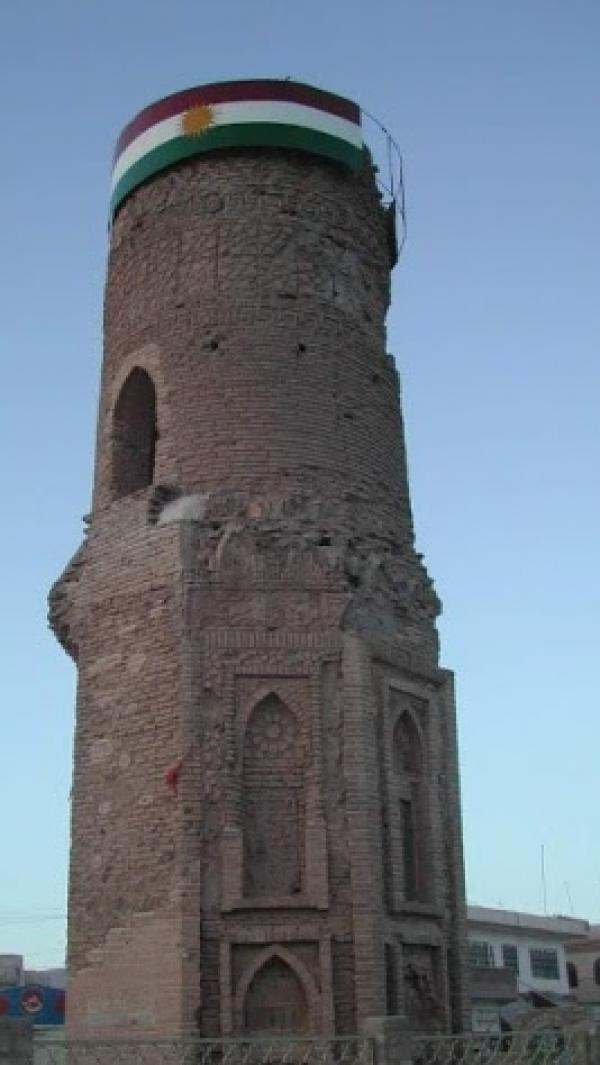Sinjar Archaeological Lighthouse
The ISIS organization blew up the Sinjar Archaeological Lighthouse in addition to a number of nearby houses while entering the city in August 2014. The lighthouse was one of the ancient archaeological landmarks of the Sinjar district and Nineveh governorate, dating back to the 13th century. As it entered the city, the ISIS organization gathered the Yazidi citizens at the lighthouse, murdering them and leaving their bodies in the open and sending a shocking message to all the residents who ran for their lives in every direction, including some of the families who took shelter in Mount Sinjar, which stood in the face of the ISIS organization throughout its occupation of the city. On that day, more than 1280 unarmed people were killed and more than 5800 women and children were captured.
The lighthouse was a scene for mass murder due to religious differences even after it was blown up, because of the symbolic importance it carries for the city, including the various religious, linguistic and tribal population groups. The city of Sinjar is historically known for the coexistence of its varied communities. However, the extremist armed organizations, mainly the ISIS organization, have turned that state of harmony and accord among the communities into one of dissonance and animosity by using and engaging some of the local Muslim citizens in crimes of murder, rape and looting. The exact number of the victims who were executed at the lighthouse is still unknown because the area was almost empty at the moment of committing the crime. The ISIS organization removed and buried most of the bodies in mass graves outside the city of Sinjar. Currently, there are UN-sponsored teams working on the exhumation of bodies and identification of victims, but the process seems to be very slow due to technical and human rights difficulties.

Daesh blows up the historic lighthouse of Sinjar and the city’s houses, Elaph, 23 March 2015
Images
